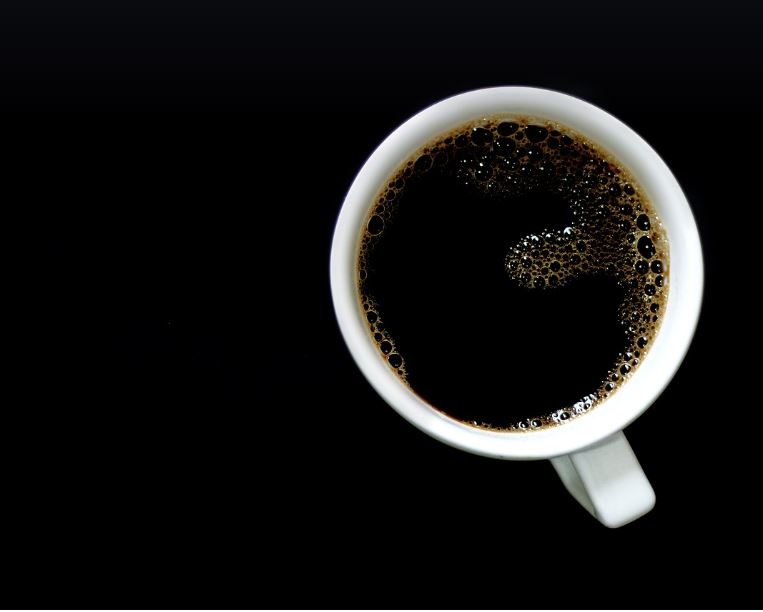Brazilian growers continue to slow down their sales positions, but have accelerated the commercial flow in the last month, taking advantage of the favorable price moment. The end of the harvest and greater physical availability also contributed to negotiations. The SAFRAS survey showed that, until September 10, sales by growers totaled 54% of Brazil’s 24/25 coffee crop. This corresponds to an increase of 14 percentage points in relation to the previous month. The good progress of sales ended up raising the commercial flow above the reference of the same period last year, when the producer had sold 50% of the crop. It also ended up aligning with the average of the last 5 years (2019 to 2023), which indicates sales by growers at 54% of production.
Arabica coffee sales account for 48% of production, slightly above the same period last year (47%) and reducing the gap, albeit still below, to the average sales for the last 5 years, which is around 52%. The maintenance of prices close to the highs for a long period, together with doubts regarding the next Brazilian coffee crop, ends up slowing down the selling momentum and holding back the sales flow. The fact is that this price scenario continues to make growers quite comfortable in continuing their strategy of diluting their business flow. Unless there is a sharp decline in prices, they are unlikely to change this stance.
There was also an increase in interest in positions with future arabica crops, with growers seeking to take advantage of the good price moment. This is true in barter operations and price setting at trading companies. Negotiations are more restricted to the south of Minas Gerais, Cerrado, and Mogiana. The preliminary idea is that around 11% of the potential of the next Brazilian arabica crop have already been negotiated by growers. This would represent around 8% of the total, including arabica and conillon.
The conillon trading has jumped and now accounts for 66% of production at the beginning of September. Thus, the current sales flow already exceeds the same period last year (57%) and the 5-year average (56%). The size of the crop, which was lower than initially expected, and extremely high prices, given the aggressiveness of exporters, explain the strong acceleration in sales of canephora (conillon/robusta). The market continues to focus on exports, with the domestic industry restricting purchases of conillon and increasing arabica in its blend.

